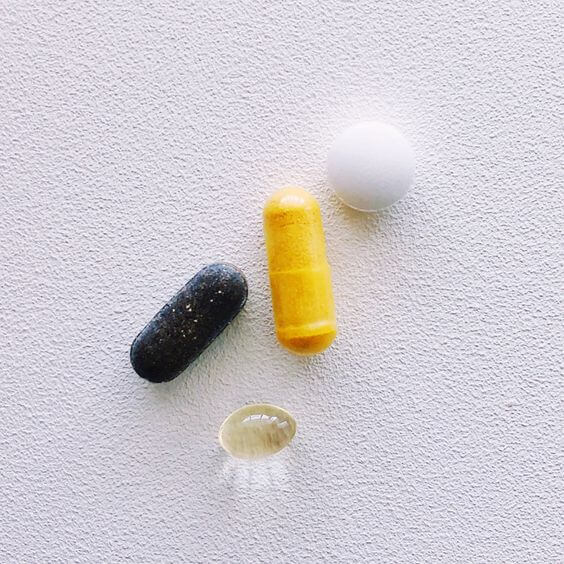
Allergies are important to be cautious when taking dietary supplements. Allergies can vary from person to person, and being aware of any potential reactions is crucial for your health.
In this article, I will guide you through the process of checking for allergies when taking dietary supplements, ensuring a safe and effective experience.
1. Read the label carefully
Start by carefully reading the label and ingredient list of the dietary supplement. Look for any known allergens such as soy, gluten, dairy, nuts, elderberry or shellfish. Being aware of potential allergens in the product will help you determine if it’s safe for consumption.
Also, if you have a history of allergies or have experienced allergic reactions in the past, you can read the ingredients and avoid allergic reactions.
2. Consult with a Healthcare Professional
If you have known allergies or sensitivities, it’s advisable to consult with a doctor before introducing a new dietary supplement. They can provide guidance based on your specific needs and help you determine if the supplement is suitable for you.
3. Start with a small dose
When trying a new dietary supplement, start with a low dose and gradually increase it over time. This approach allows you to monitor your body’s response and identify any potential allergic reactions before taking a higher dosage.
4. Monitor for symptoms
Watch out for body changes after taking supplements. If symptoms such as itching, swelling, shortness of breath, or indigestion appear, stop using it immediately and consult a doctor if the allergic reaction becomes serious.



